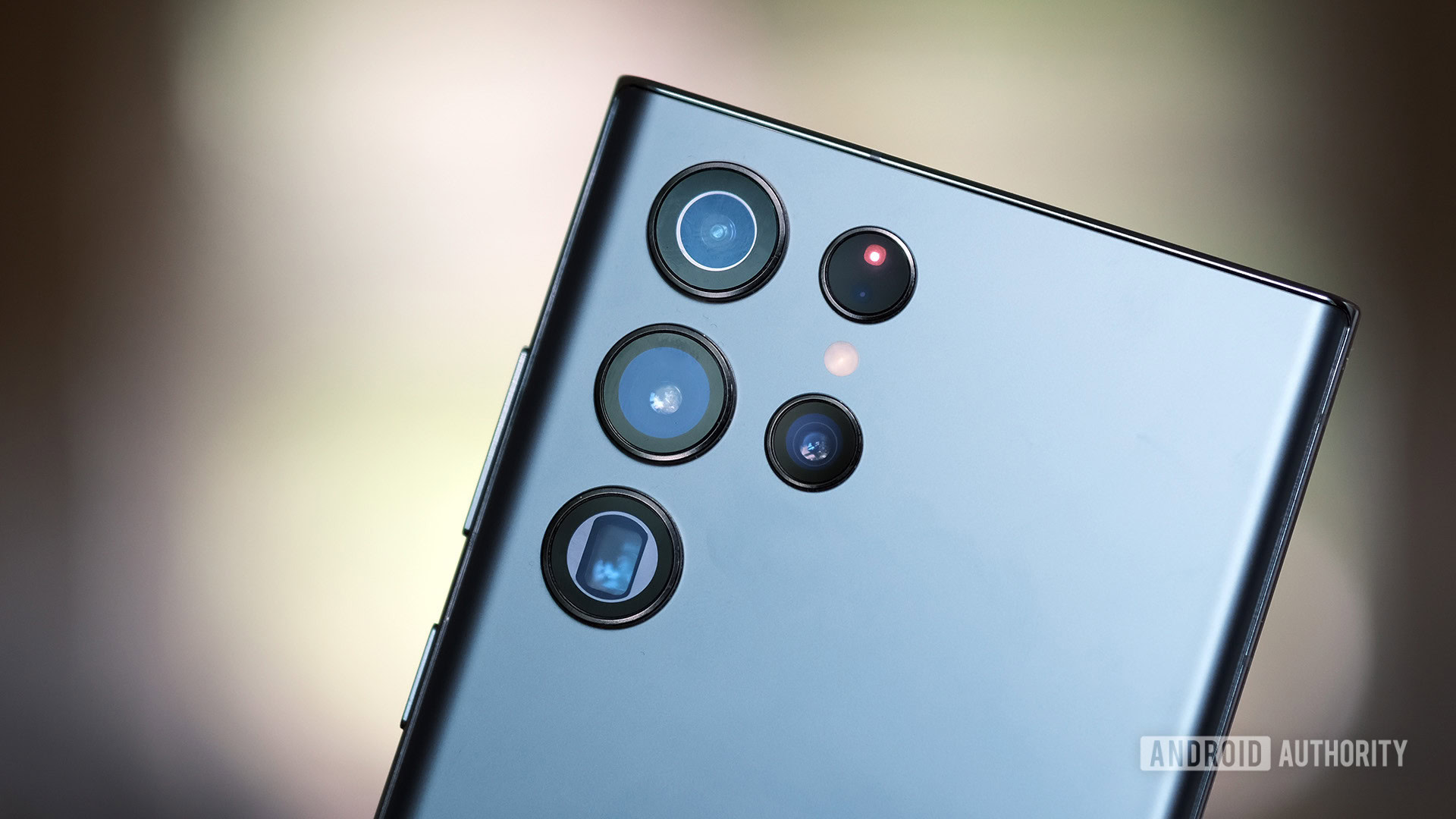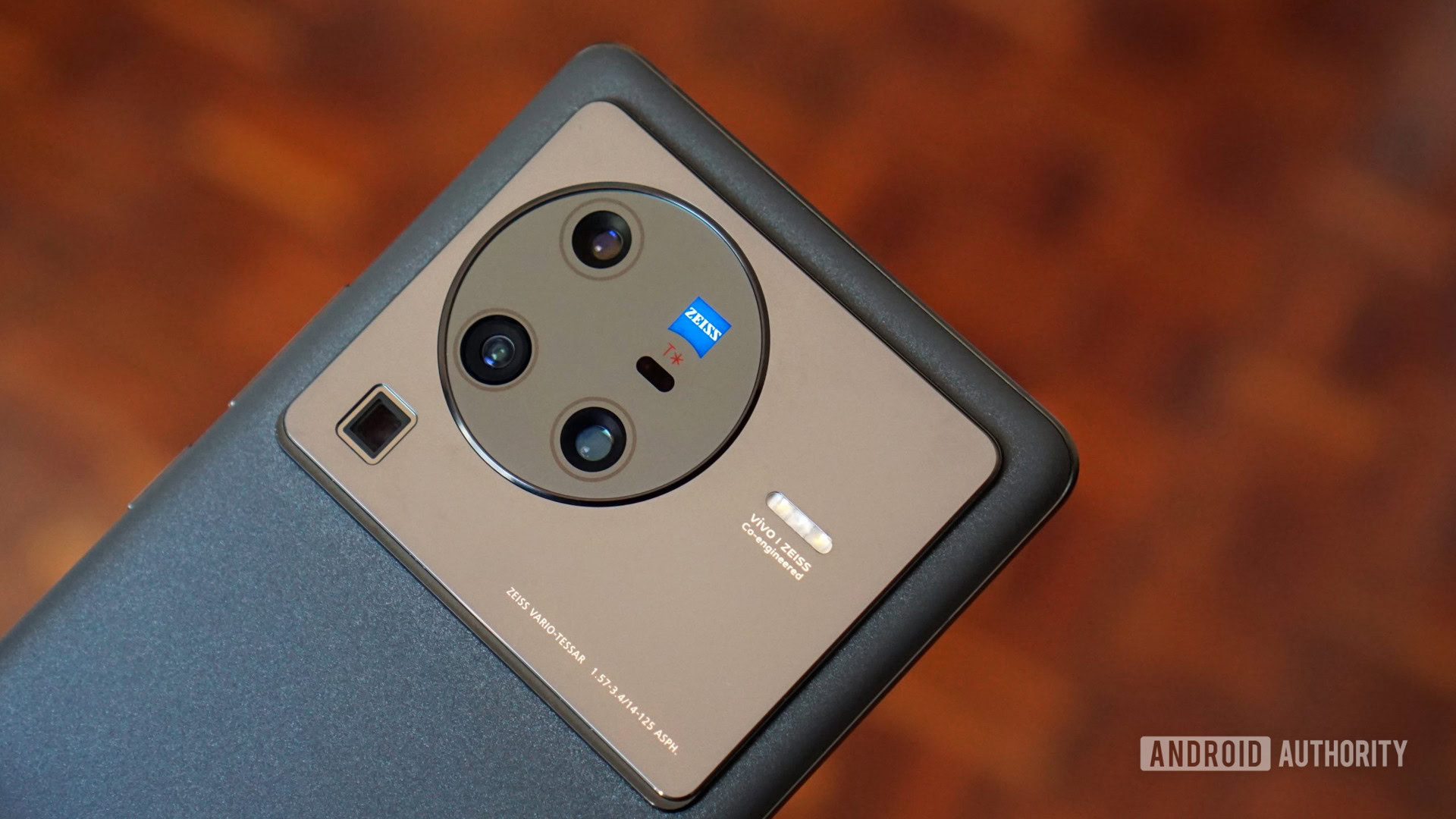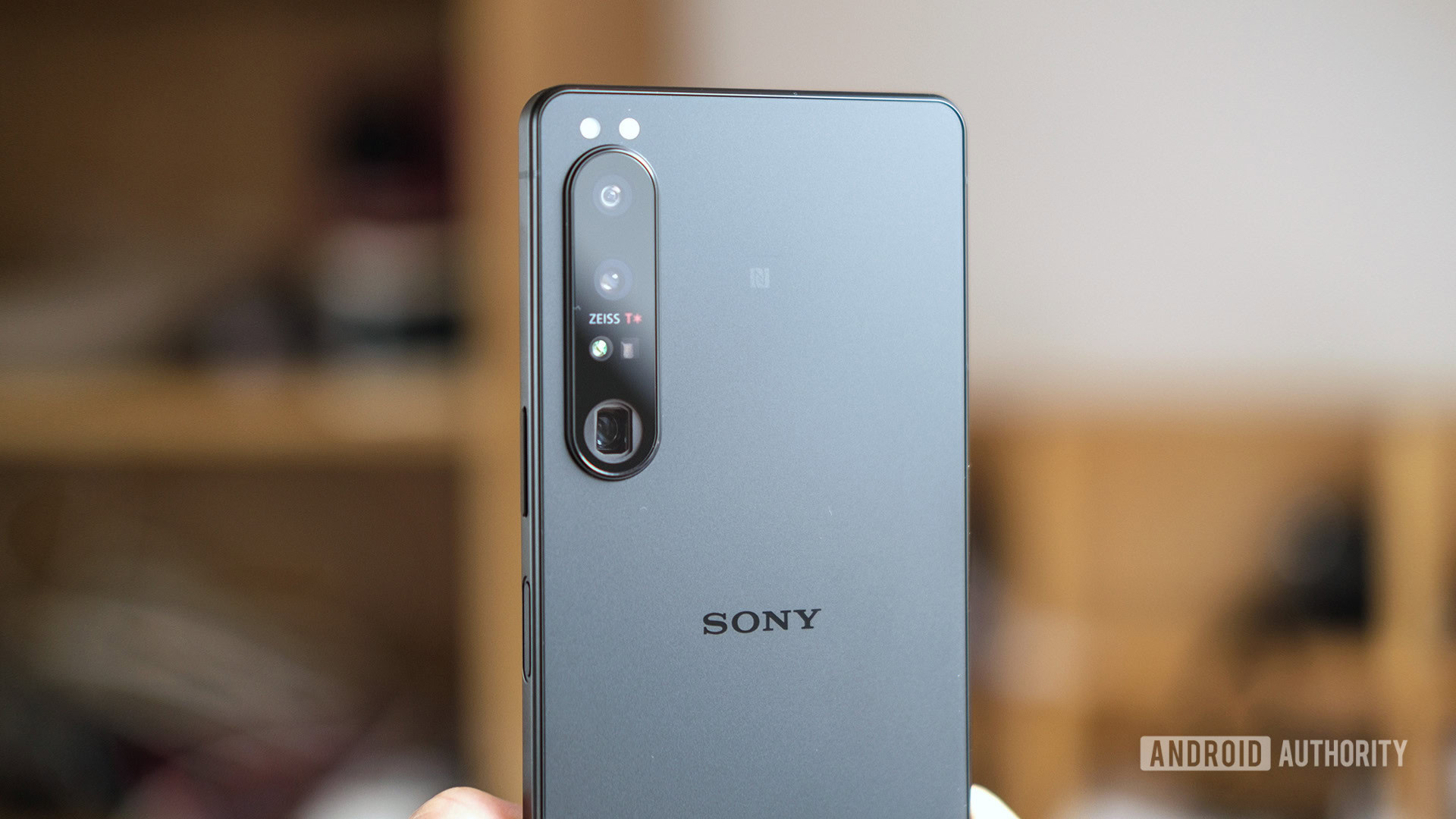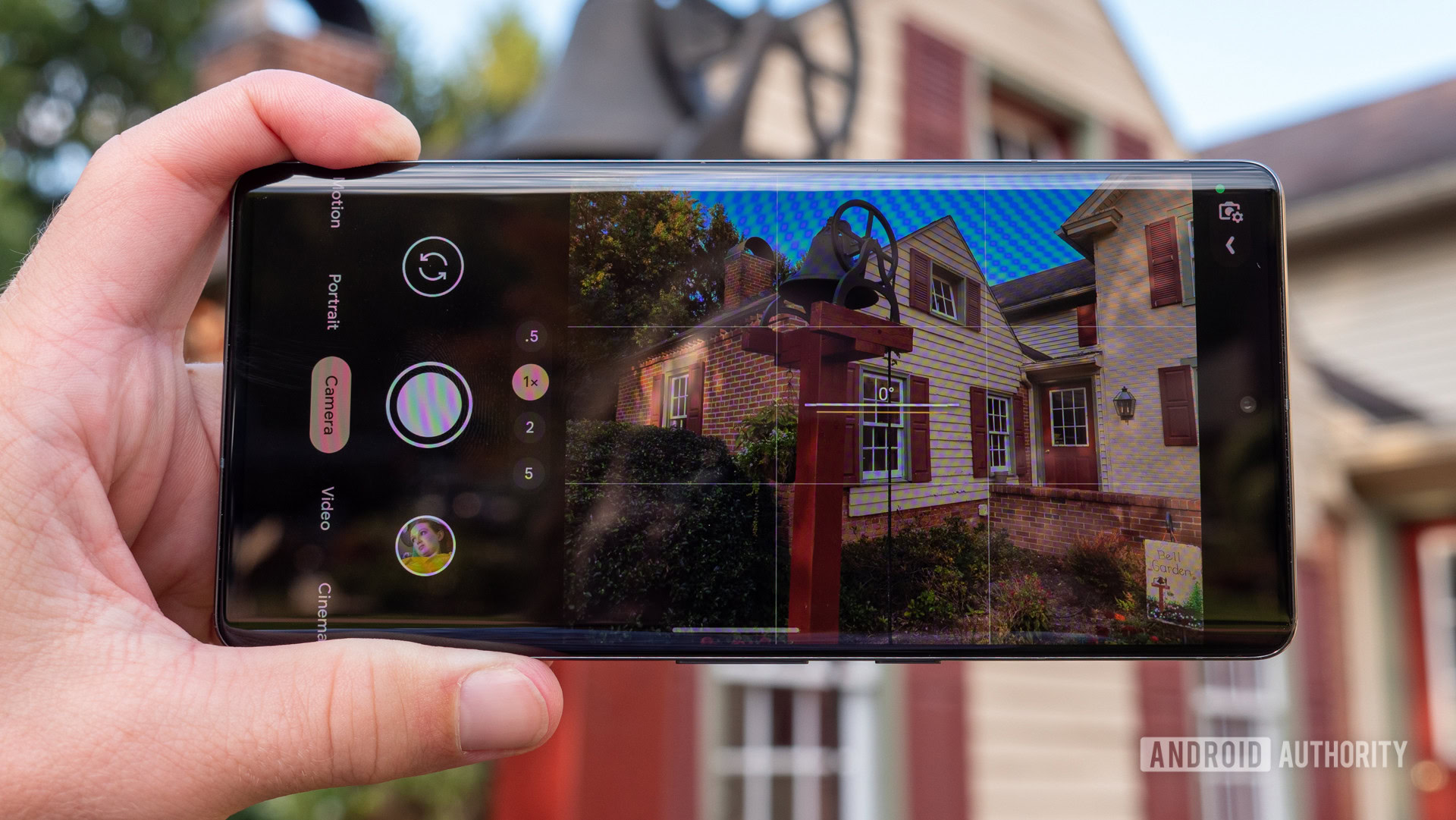Affiliate links on Android Authority may earn us a commission. Learn more.
I don't want a zoom lens on my next phone, I want two zoom lenses

Smartphone zoom has made significant strides since the iPhone 7 series debuted a 2x telephoto camera back in 2016. In fact, a 2x telephoto shooter seems rather quaint by modern standards when we have 3x, 5x, and even 10x cameras in our pockets today.
However, there’s still one significant issue with smartphone zoom today, and that’s the lack of consistent quality when zooming in through intermittent levels. The answer? Dual telephoto cameras.
Two are certainly better than one

Easily the biggest argument in favor of dual telephoto cameras is that quality drops off when not shooting with the camera’s original optical zoom length. That is, you’ll see great image quality when shooting with your primary or 1x camera and high-quality images when shooting with your solitary telephoto camera (e.g. a 3x or 5x camera). But any zoom factor between these two cameras or beyond relies on digital or hybrid zoom techniques. Hybrid zoom virtually always produces degraded image quality compared to a dedicated optical lens at the same zoom factor. Check out the difference in detail between the Galaxy S22 Plus 3x telephoto camera and 10x, 20x, and 30x hybrid zoom. Clearly, the phone can’t do it all with just one telephoto lens.
As we mentioned, we also see somewhat degraded zoom quality between 1x and a phone’s telephoto camera, such as on the Google Pixel 7 Pro, which has a large gap to fill between lenses. The phone uses hybrid zoom/Super Res Zoom when shooting between 2.5x and 4.9x, which is based on image fusion techniques. Google combines data from the 1x and 5x cameras to produce a hybrid result at intermitted zoom levels. This results in a good level of detail at the center of the image but a significant loss of detail at the edges where the 1x camera is used to fill in the gaps.
Check out this comparison crop between the Pixel 7 Pro at 3x hybrid zoom versus the iPhone 14 Pro Max’s native 3x zoom. Take a look at the left side of the pumpkins in the Pixel snap compared to the iPhone photo, while the Pixel offers superior detail on the right side, which is the center of the original image.
Dual telephoto cameras would help narrow the image quality gap between native zoom factors in a big way, decreasing the need for aggressive software upscaling. In the Pixel’s instance, this could improve areas of reduced detail at the edges for Super Res Zoom too. Think of it like having multiple, well-spaced water breaks during a fun run as opposed to having just one or two of them.
This dual-lens approach would also allow smartphone brands to really push the boat out when it comes to long-range zoom. For example, the Samsung Galaxy S21 Ultra and Galaxy S22 Ultra offer dedicated 3x and 10x cameras instead of only having one 3x or 5x camera. This makes for drastically improved long-range zoom compared to phones with solitary short-range or medium-range tele lenses.
Digital zoom isn't always great but multiple cameras help get around this issue.
Furthermore, dual telephoto cameras would make for better portrait shots as a short-range zoom camera is considered ideal for portraits compared to simply cropping in from 1x or using a 5x or 10x lens.
Finally, two dedicated telephoto cameras also mean a more flexible video recording platform. We’ve previously seen this on Samsung’s Ultra phones too, offering higher quality 10x video than phones without a native 10x shooter.
Better portraits and more flexible video shooting are two more advantages of multi-zoom setups.
In saying so, Samsung’s two-pronged approach does mean there’s still a big quality gap on paper between 3x and 10x, as it doesn’t have a dedicated camera to adequately cover this gap (e.g. a 5x camera). But this option is still better for short and long-range zoom, in theory, compared to a single 4x or 5x camera.
Another possible solution

A dual-telephoto camera system isn’t the only way to offer more consistent image quality at a variety of zoom factors. Variable telephoto cameras are another option that emerged in the last couple of years. Sony’s Xperia 1 IV was the first modern smartphone to offer a variable telephoto camera with continuous zoom levels. This allows for a consistent level of image quality between ~3.5x and ~5.2x as the mechanism physically moves the optics to achieve true zoom.
Variable telephoto technology is another nifty solution, but it's still in need of refinement.
This approach isn’t without its drawbacks though. In our review, we felt that the Xperia 1 IV’s variable tele camera lagged behind other periscope shooters when it came to outright image quality. The native zoom range isn’t wide either, as you’re still relying on hybrid zoom below ~3.5x and above 5.2x. So we’d love to see future implementations offering a much wider zoom range.
High time for better zoom

HUAWEI and Xiaomi were the first to offer dual telephoto cameras on their smartphones, and Samsung and vivo have picked up the baton in this regard. Then we have Sony clearly innovating with its variable telephoto camera tech, so there are powerful, flexible zoom options out there.
What kind of camera zoom does your phone have?
However, it’s fair to say that a few big-name players, such as OPPO, OnePlus, and Apple, aren’t as ambitious when it comes to zoom capabilities on high-end devices. It’s particularly disappointing for OPPO fans, as it was one of the first companies to offer a periscope camera design.
So we hope these brands take the dual tele camera or variable tele approach next year. At the very least, we’d love to see these brands implement high-quality periscope zoom. Unfortunately, it sounds like Apple could be the only player in the bunch to upgrade to a periscope shooter in 2023.